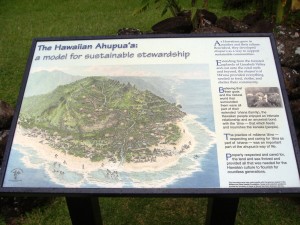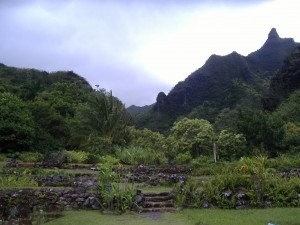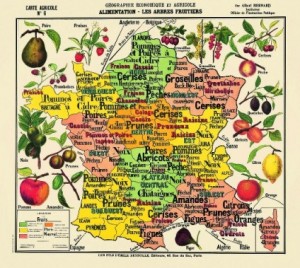I came across an evocative little piece in The Garden Island on Sunday, thanks to a Google alert. It’s about an upcoming course on permaculture design that will be looking in depth at the ahupua’a, the old Hawaiian practice of land subdivision and management.
To ensure adequate space for forests and agriculture in each ahupua’a, pre-colonial Hawaiian communities applied careful land-use planning. Valley floors, where the most fertile soil is concentrated, were reserved for agriculture. They often included walled-terraces developed to grow kalo (taro), the most important staple food crop for Hawaiians. Houses were built on hillsides and in sandy areas in order to save prime agricultural lands. As contemporary Kaua’i attempts to move towards more self-sufficient communities, we can look towards this model of reserving prime agricultural lands for agriculture to perpetuate our ability to feed ourselves.
The piece reminded me of a visit I made with the family to the Limahuli Garden and Preserve on Kaua’i. It’s a beautiful place, explicitly organized around the ahupua’a concept.

And it even maintains small collections of different varieties of local root crops such as taro and sweet potato. Which was mainly why I was there. Although the visit came too late to allow me to include the data in the directory of Pacific collections. Maybe the next edition…


